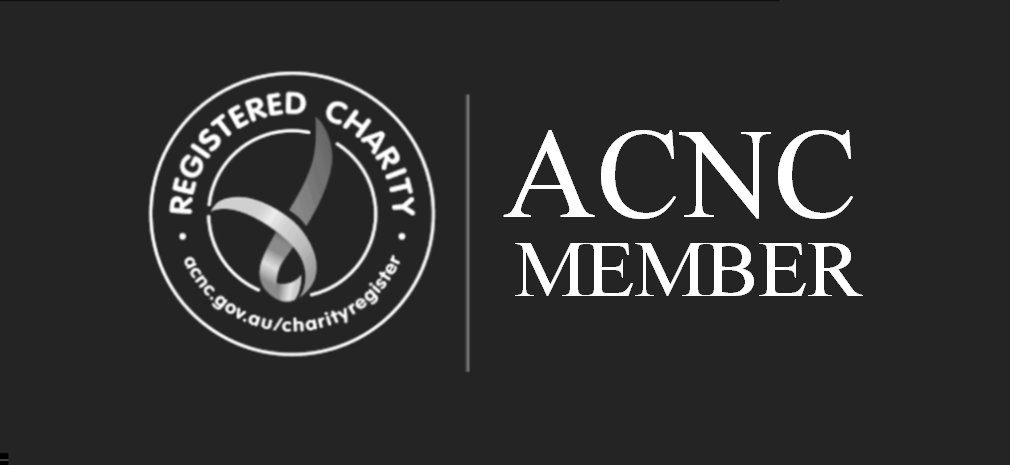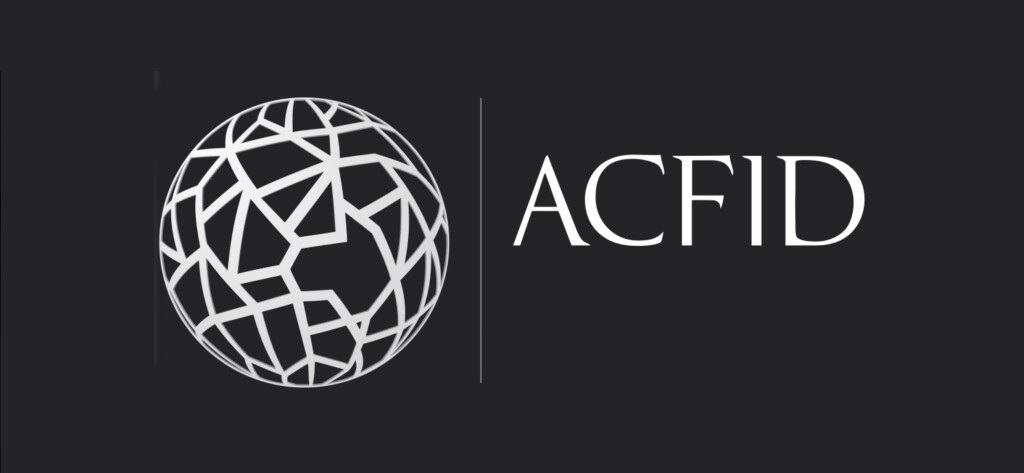Verifier
Development and humanitarian initiatives consistently show evidence of working with local systems and structures.
Guidance
Where possible and appropriate, it is preferable to work with local systems and structures rather than establishing new or parallel systems and structures which may not be sustainable or undermine existing systems and structures. Working with or mobilising government or other authorities can be an effective strategy towards sustainable and systemic change, but it may not always be appropriate or beneficial – this needs to be assessed for each context.
Your initiatives could include: supporting partners or your own agency to work with government ministries or departments at the national, provincial or local levels, working in alignment with or supporting the development of government policies, strategies or priorities, working with or supporting indigenous NGOs or civil society organisations, supporting established (but perhaps not fully functioning) community structures such as village development committees or farmers’ groups, working through or supporting local church structures (where appropriate to your organisation or the context).



